Beijing's Hidden Treasures: Culture and Climb
Join us for a free walking tour that unveils Beijing's hidden cultural gems and breathtaking mountain views, blending history with nature's beauty.
Time
3 Hours
Stops
5 Places
Distance
4.5 km
Yonghe Temple (Lama Temple)
Start your tour at the Yonghe Temple, a renowned Tibetan Buddhist temple known for its stunning architecture and rich spiritual history.

Yonghe Temple (Lama Temple) (Source: Google Maps)
The Yonghe Temple, also known as the Lama Temple, is one of the most important Tibetan Buddhist temples outside Tibet. Built in the 17th century, it was originally a royal palace before being converted into a temple. The temple complex is renowned for its exquisite architecture, which showcases traditional Han and Tibetan styles. Visitors are often struck by the majestic halls adorned with intricate carvings and rich colors. The temple houses a remarkable 18-meter tall statue of Maitreya Buddha carved from a single piece of sandalwood, symbolizing peace and compassion. With its serene ambiance and spiritual significance, Yonghe Temple attracts countless visitors seeking solace and cultural understanding.
Ditan Park (Temple of Earth)
Continue your journey to Ditan Park, a serene green space known for its historical significance and beautiful gardens.
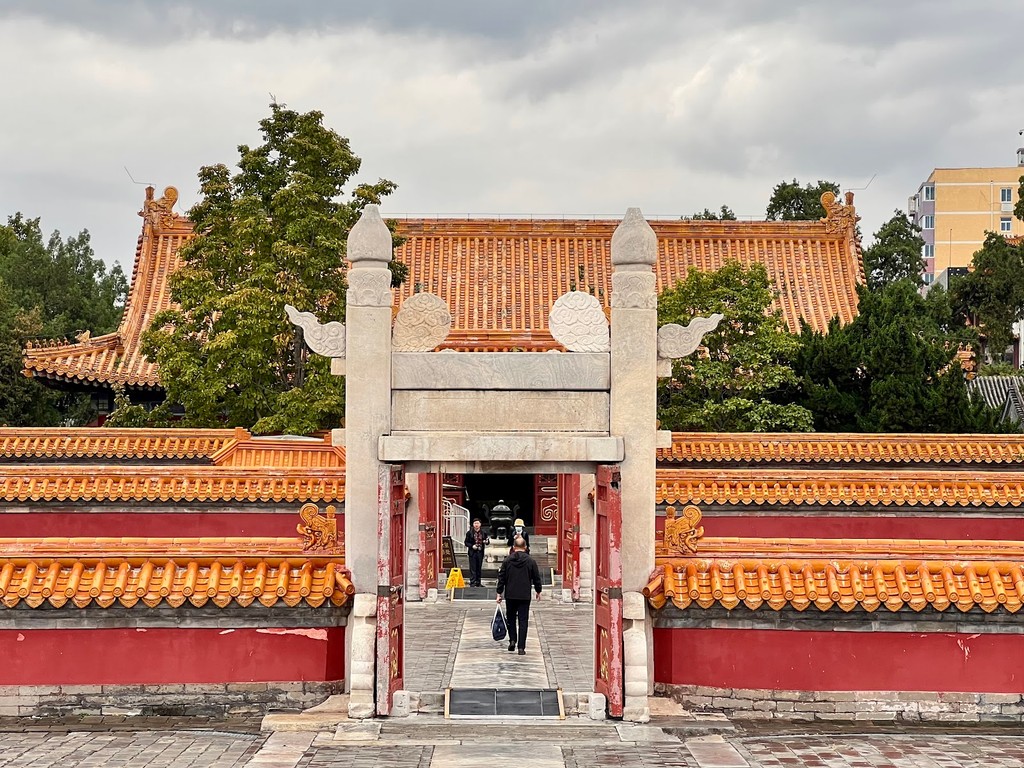
Ditan Park (Temple of Earth) (Source: Google Maps)
Ditan Park, or the Temple of Earth Park, is a historic park that dates back to the Ming Dynasty, where emperors once conducted rituals to honor the Earth. The park features a large ceremonial altar that is a significant part of its historical narrative. The lush landscapes include ancient trees and beautiful gardens, making it a peaceful retreat amidst the bustling city. Ditan Park is a popular spot for locals to practice tai chi, enjoy picnics, or simply relax in nature. The park also hosts various cultural events throughout the year, celebrating traditional Chinese festivals, which adds to its cultural richness and community significance.
Confucius Temple and Imperial College Museum
A short walk from the Lama Temple, this site offers insights into Confucian philosophy and China's traditional education system.
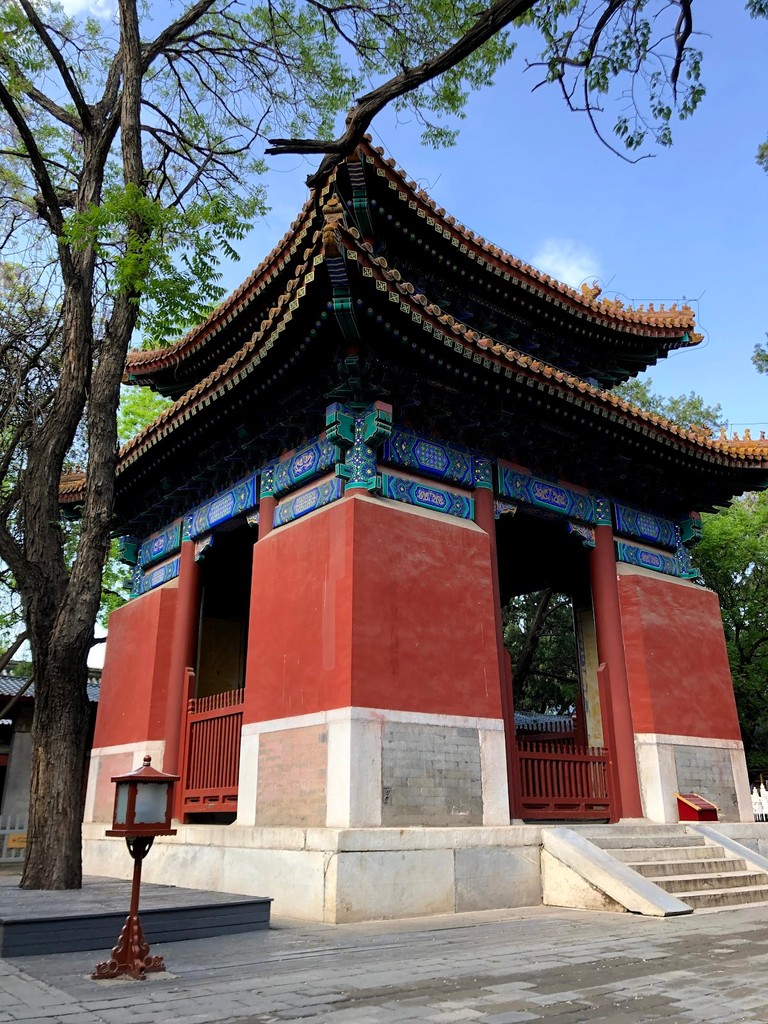
Confucius Temple and Imperial College Museum (Source: Google Maps)
The Confucius Temple and Imperial College Museum is a cultural landmark that pays homage to Confucianism, a philosophy central to Chinese society. Established in the 14th century, the temple is the second largest dedicated to Confucius in China. It features an impressive layout, with beautiful courtyards and ancient trees, creating a tranquil atmosphere for reflection. The adjacent Imperial College Museum showcases artifacts from China's educational history, including historical texts and educational tools used during the imperial examination system. This site serves as a reminder of the profound impact of Confucian thought on Chinese culture, ethics, and education.
Wudaoying Hutong
Explore the charming Wudaoying Hutong, a vibrant alleyway filled with local shops and cafes, reflecting traditional Beijing life.
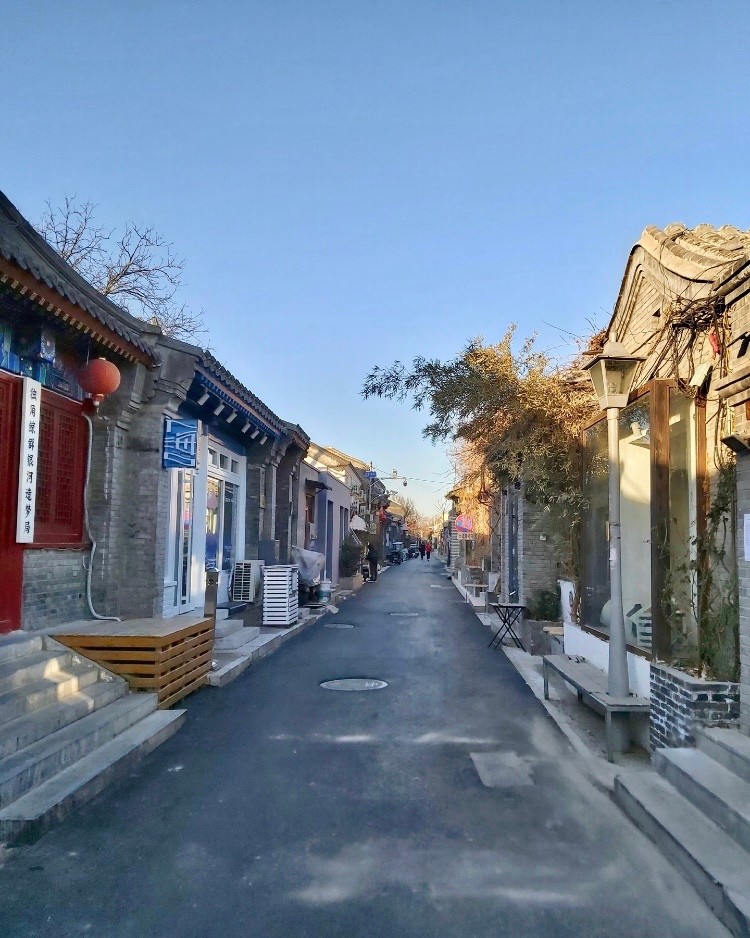
Wudaoying Hutong (Source: Google Maps)
Wudaoying Hutong is a vibrant alleyway that encapsulates the essence of traditional Beijing life. This charming neighborhood is lined with local shops, cafes, and restaurants, offering a glimpse into the city's rich cultural tapestry. The hutong is known for its well-preserved architecture, featuring traditional courtyard homes that date back to the Yuan Dynasty. Visitors can explore unique boutiques selling handmade crafts and artisanal goods, or enjoy a cup of tea in one of the cozy cafes. The lively atmosphere and friendly locals make Wudaoying Hutong a perfect place to experience the warmth of Beijing's community and its cultural heritage.
Qingnianhu Park
Just a short distance away, Qingnianhu Park offers a peaceful retreat with picturesque lakes and walking paths.
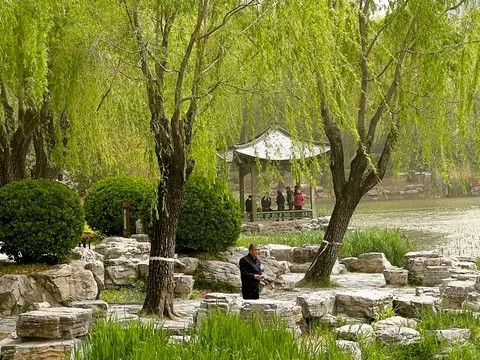
Qingnianhu Park (Source: Google Maps)
Qingnianhu Park is a picturesque urban oasis that invites visitors to unwind and connect with nature. The park is centered around a serene lake, surrounded by walking paths, lush greenery, and vibrant flower beds. It serves as a recreational space for both locals and tourists, offering opportunities for leisurely strolls, picnics, and birdwatching. The park's design reflects traditional Chinese landscaping principles, creating a harmonious balance between natural and artificial elements. Qingnianhu Park is also a venue for cultural events, where traditional performances and local art exhibitions take place, enriching the community's cultural landscape.
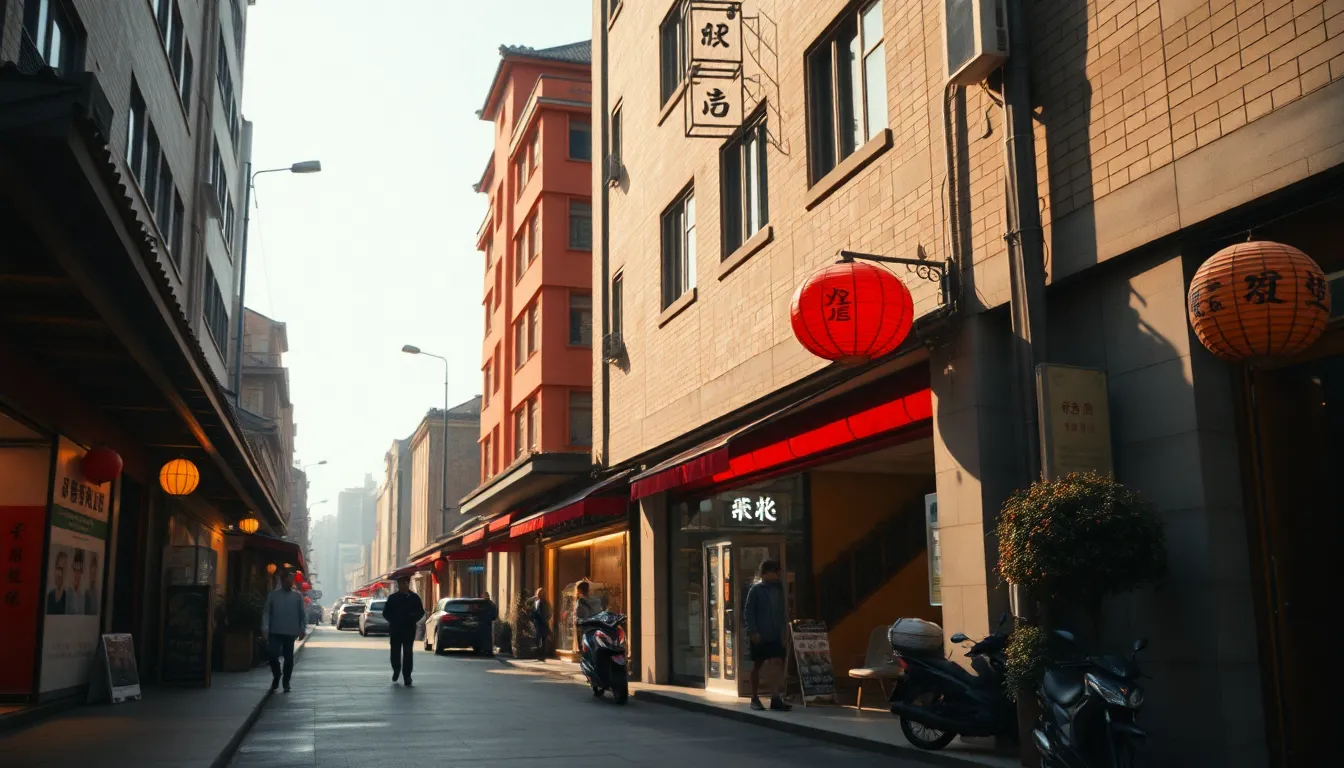
Your travels, your rules.
Create your own Free Walking Tours.
Set your preferences, distances and anything you want to do or see.
Completely free, no payment required.